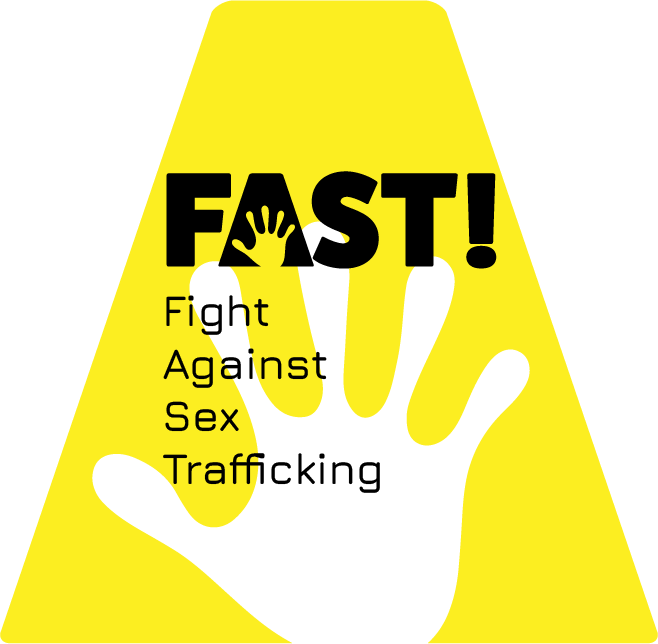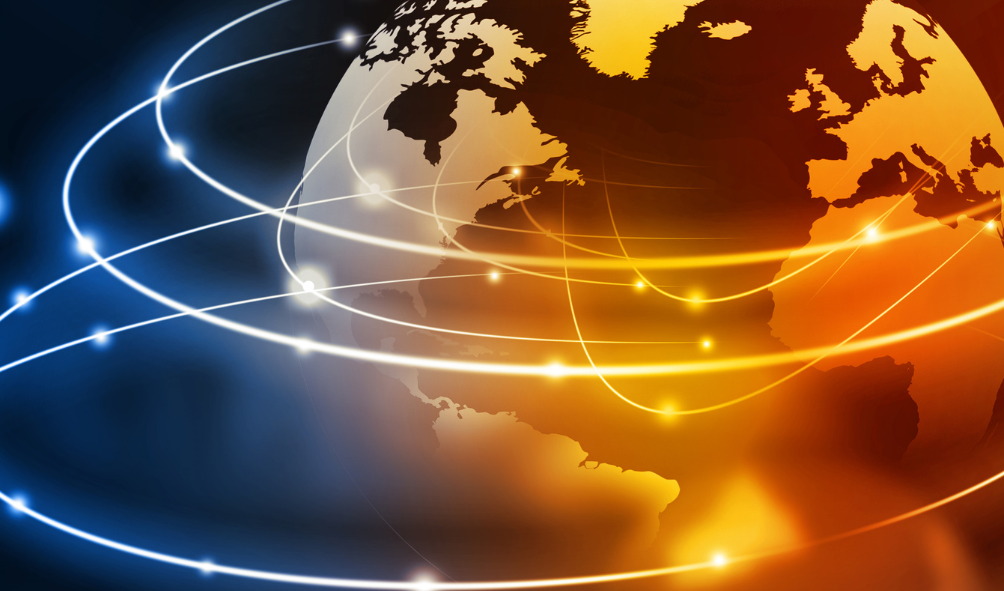How widespread is Human Trafficking? Human trafficking is a heinous crime that transcends borders, affecting individuals from all walks of life and corners of the world. The United Nations Office on Drugs and Crime (UNODC) has been diligently collecting international statistics on detected victims of human trafficking since 2003, revealing a stark reality – human trafficking occurs in every region of the globe.
On a Global Scale
According to the UNODC’s 2022 report, in 2020 alone, about 50,000 human trafficking victims were detected and reported by 141 countries. This number, however, is likely just the tip of the iceberg, as it only represents victims who came in contact with authorities. The actual prevalence of the crime and the hidden number of victims remain elusive due to the clandestine nature of human trafficking.
Origins, Destinations, and Transit Countries
States can serve as the origin, transit, or destination for victims, and sometimes a combination of all. Regions such as Europe, the Middle East, North America, and certain countries in East Asia and the Pacific emerge as key destinations for trafficking victims from diverse origins.
Exploitation and Gender Disparities
In 2020, women accounted for 22 percent of the total detected victims, and their exploitation took various forms, including begging, forced criminal activities, and trafficking for organ removal. The Middle East exhibited significant gender disparities, with women making up the majority of detected victims. Notably, the Gulf Cooperation Council countries reported a substantial increase in the proportion of women victims, emphasizing the urgency of addressing gender-specific vulnerabilities.
Forced Labor and Regional Trends
Forced labor remains a pervasive issue in several regions. In the Middle East, more than 50 percent of detected victims were trafficked for forced labor purposes. This trend is particularly pronounced in the Gulf Cooperation Council countries, like the UAE. Meanwhile, other parts of the world experience different patterns of exploitation, underlining the multifaceted nature of human trafficking and the need for region-specific interventions.
By understanding the widespread nature of human trafficking and the specific regional nuances, policymakers, law enforcement, and advocacy groups can work together to dismantle trafficking networks, protect vulnerable populations, and strive towards a world free from the shackles of modern-day slavery.



